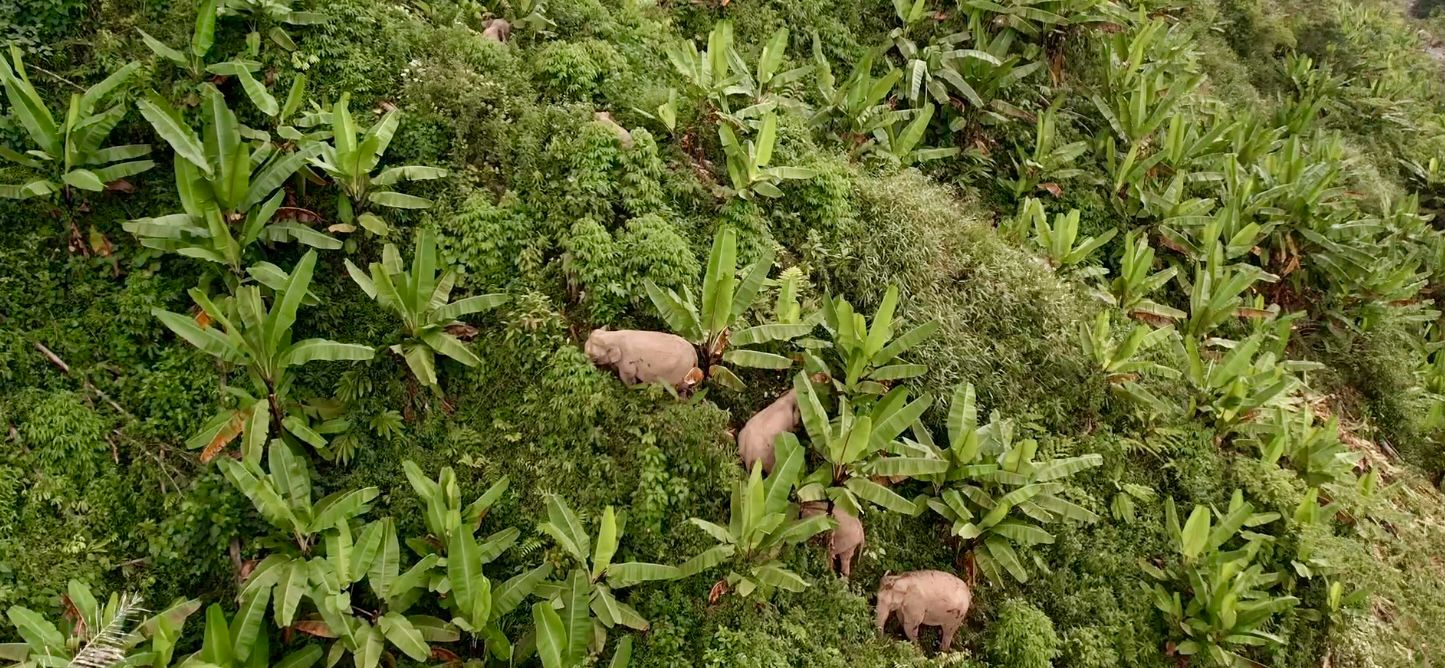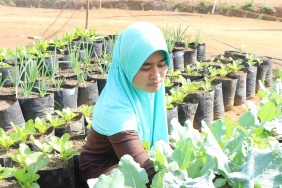WWF PROGRAM IN CENTRAL SUMATRA HOLDS ANIMAL CONSERVATION POSTER DESIGN COMPETITION
WWF Central Sumatra Program held an Animal Conservation Poster Design Competition themed Saving Sumatran Key Species (Tiger and Elephant) as Riau's Pride. The competition was targeted at university and high school students in Riau and aimed to encourage the younger generation to support tiger and elephant conservation through poster visualization. Posters are a socialization medium that can support public awareness on the protection of tigers and elephants and their habitats.
The committee received the poster design work from February 13 - March 14, 2016 by sending the design file in the form of soft copy to the competition committee. Each competition category, namely the student level and high school student level, will compete for cash prizes and certificates. In addition, the works submitted to the competition committee will be exhibited on March 19, 2016 in Pekanbaru.
This competition is intended to raise public awareness of the conditions and conservation issues of Sumatran tigers and elephants so that they can act more positively to save the two endangered species so that they can continue to live on Riau land. This is based on the high mortality rate of Sumatran elephants and tigers either due to conflict or poaching in Riau. Every year the death of these two key animals continues to occur, so it is feared that if this condition continues, they will no longer be found in the remaining forests in Riau.
Sumatran elephants
Riau has 300-330 Sumatran elephants spread across nine remaining elephant pockets namely Mahato, Balai Raja, Giam Siak Kecil, Petapahan (Minas), Koto Tengah, Bukit Tigapuluh (Serangge and Pemayungan and Tesso Nilo (Southeast and North Tesso Nilo). All of these remaining elephant habitats face the same problems of habitat conversion, encroachment, forest fires.
Every year the natural habitat of elephants continues to narrow due to the need for land, especially for oil palm and acacia plantations and settlements. Eventually, the elephant's range overlaps with human activities, leading to conflict. Ironically, to resolve these conflicts, elephants are often poisoned. This condition is also utilized by opportunistic poachers and their networks to accommodate the ivory of elephant victims of this conflict.
Poaching, which is a direct threat to elephants, also continues to occur. This is made possible by the economic value that the traffickers promise to poachers. Poachers are tempted to risk their lives to hunt elephants because of the promise of millions of rupiah. One kilogram of ivory can fetch 5 million rupiah at the hunter level.
In five years (2010-2016), 87 elephants died in Riau, mostly due to conflict and poaching. However, only two cases of elephant death were prosecuted, namely the poaching of four elephants by seven ivory poachers. The seven perpetrators were arrested by Riau Police personnel in Pekanbaru on February 10, 2015 for carrying one pair of ivory poached from the Duri- Bengkalis Regency area. The development of the investigation led to the confession of the perpetrators that they had previously poached three elephants in Segati Village, Langgam District, Pelalawan.
The seven perpetrators were sentenced to one year in prison by the Bengkalis District Court. Meanwhile, four of the seven perpetrators were sentenced to 2.5 years in prison by the Pangkalan Kerinci-Pelalawan District Court.
This is the first trial of an elephant death case in Riau in ten years and more than 100 elephants have been killed in that period. Weak law enforcement against elephant deaths is one of the reasons elephant deaths continue to occur.
Sumatran tiger
The Sumatran tiger suffers the same fate as the Sumatran elephant. This charismatic animal is also increasingly threatened as its natural habitat has been altered plus direct threats from poaching activities. These animals are snared and when they enter the trap they are immediately skinned because almost all parts of their body are of economic value. Not just the skin, even a single whisker is worth hundreds of thousands.
The WWF and BBKSDA Riau monitoring team that monitored threats to tigers, especially in the Rimbang Baling forest block (Kampar and Kuantan Singingi regencies) and Bukit Batabuh Protection Forest (Kuantan Singingi and Indragiri Hulu regencies) found hundreds of snares. These snares were targeted to trap tigers and their prey. Despite efforts to remove these snares, they are still found. This condition is very alarming because the Sumatran tiger, the only remaining tiger species in Indonesia, is already in a critical condition, which is one step towards extinction in the wild.
If the same conditions continue, it is not impossible that Sumatran elephants and tigers, which only exist in Sumatra, will remain a name. Their existence in nature as ecosystem balancers must be saved to save humans. Of course, every human being can play their own role to contribute even the smallest amount to save these natural resources, one of which is by raising awareness of the importance of protecting tigers and elephants. These two animals from the island of Sumatra should be the pride of the people of Riau because they are an indicator that Riau's forests still exist to provide breath for human life on earth.
The young, the creative, it's time for you to help save Sumatran tigers and elephants by participating in an animal conservation poster design competition. Your work can help build public awareness of the importance of protecting animals that are the pride of Indonesia.





